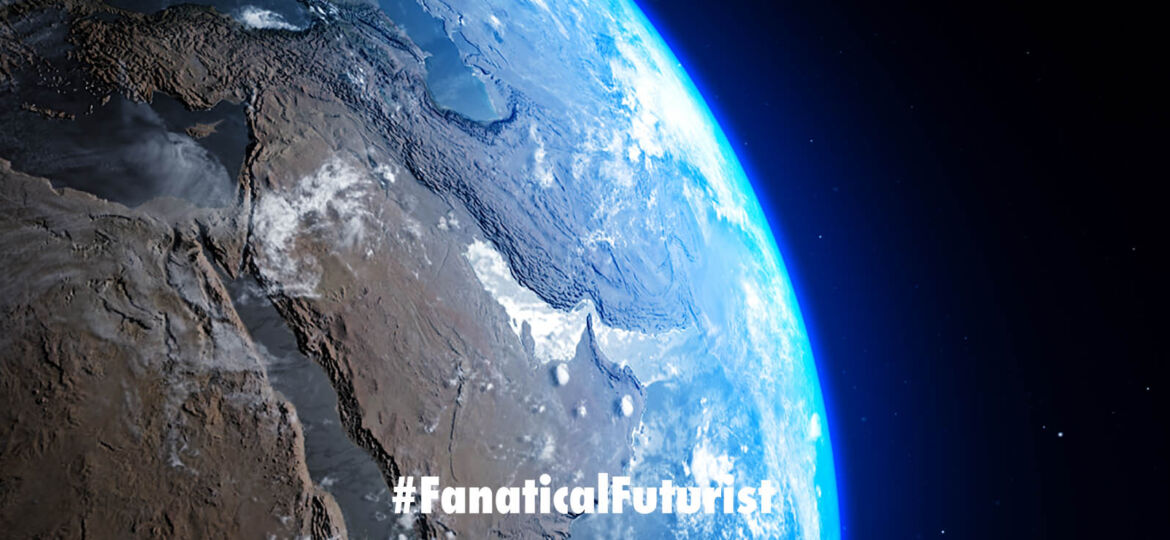
WHY THIS MATTERS IN BRIEF
Accessing space is getting cheaper, and entrepreneurs are starting to build the future space tourism industry.
 Love the Exponential Future? Join our XPotential Community, future proof yourself with courses from XPotential University, connect, watch a keynote, or browse my blog.
Love the Exponential Future? Join our XPotential Community, future proof yourself with courses from XPotential University, connect, watch a keynote, or browse my blog.
The future of the space tourism industry is beginning to take shape – that is if you’re a multi-millionaire or a billionaire with anything from $250,000 to a $20 million or so to spare to buy a ticket, with places on Sir Richard Branson’s space plane Unity costing the former, and places on Jeff Bezos’ Blue Origin rocket costing the latter – which will eventually come down. And while the space tourism industry will no doubt be a lucrative commercial opportunity, with space hotels on tap, for now many are calling space the new billionaires playground – with some going even further and saying that they’re all just in fact planning their future escape from hot house Earth.
Back down to Earth again, metaphorically atleast, the other day Branson became the first billionaire to almost get to space, and now Bezos has become the first billionaire to actually get into space after his company Blue Origin nailed the first human flight of New Shepard, taking him, his brother Mark, 82-year-old Mary Wallace “Wally” Funk and 18 year old Oliver Daemen on a brief jaunt to space.
Following a bunch of unmanned test flights, the first passenger-carrying flight to the edge of space was announced for July 20 – 52 years after the Apollo 11 moon landing. The Bezos brothers were confirmed as taking the first two seats on June 7, the auctioned third place eventually went to the son of Somerset Capital Partners CEO, and the final seat was filled by one of the “Mercury 13” from the 1960s Woman in Space program.
The crew of New Shepard were ferried to the launch tower at the Van Horn site in Texas at around 7:20 am local time, climbed the tower, entered the capsule and had buckled themselves into their seats by 20 minutes or so later. At 8:12 am, liftoff was confirmed and the historic ride to space began.
A few minutes later, the capsule separated from the booster, and by 8:16 am mission control confirmed that “the capsule has just reached apogee” and the now unbuckled passengers enjoyed weightlessness at the edge of space. The crew capsule reached 347,563 ft AGL (Above Ground Level), or 351,210 ft MSL (Mean Sea Level) – that’s 65.8 miles or 105.9 km AGL and 66.5 miles or 107 km MSL. Meanwhile the booster managed 347,188 ft AGL or 350,835 ft MSL wit maximum ascent velocity reaching a cool 2,233 mph or 3,595 km/h.
The booster, which had already been used on two previous test flights, touched down at 8:19 am. Three chutes were deployed from the capsule as it began its descent, landing in the West Texas desert three minutes later for a total elapsed mission time of 10 minutes and 10 seconds. The crew exited shortly after, safe and well.
As well as snagging records for taking the youngest and oldest people into space, New Shepard also managed to fly higher than Sir Richard Branson’s effort on VSS Unity on July 11 which, as it turns out, gives Bezos billionaire bragging rights.
Source: Blue Origin
















